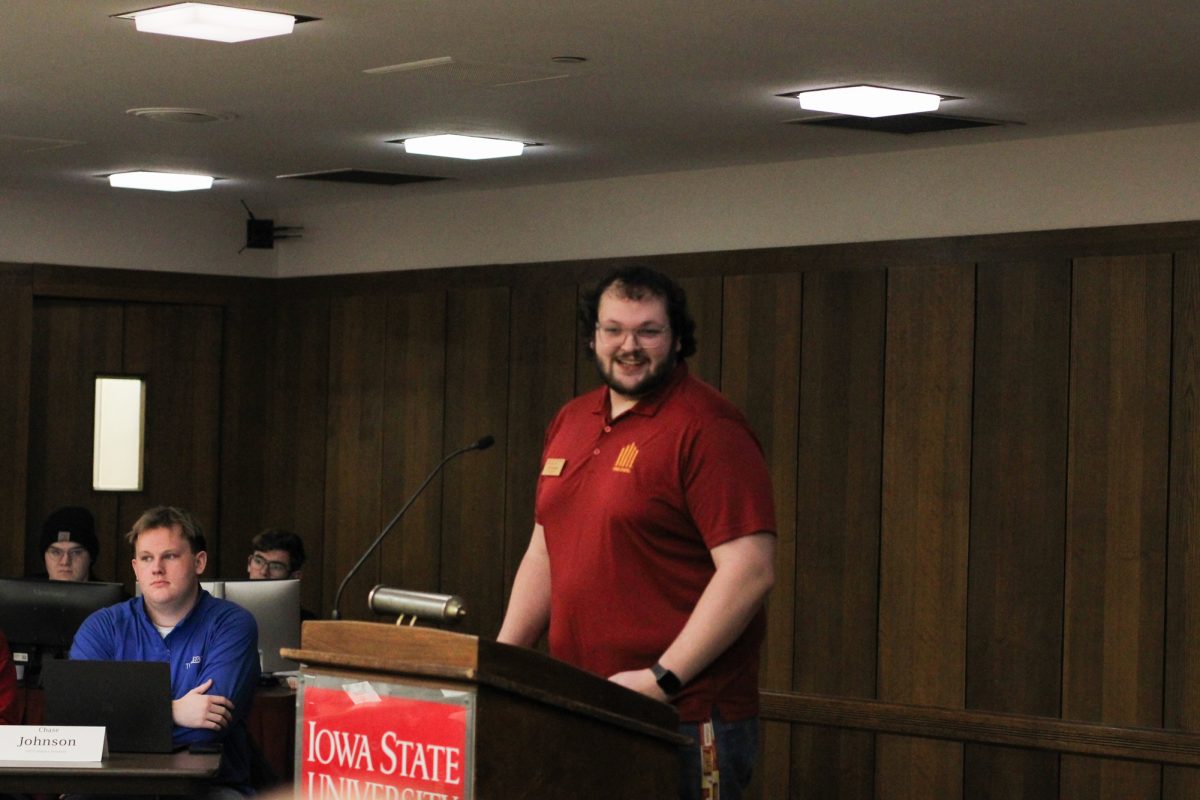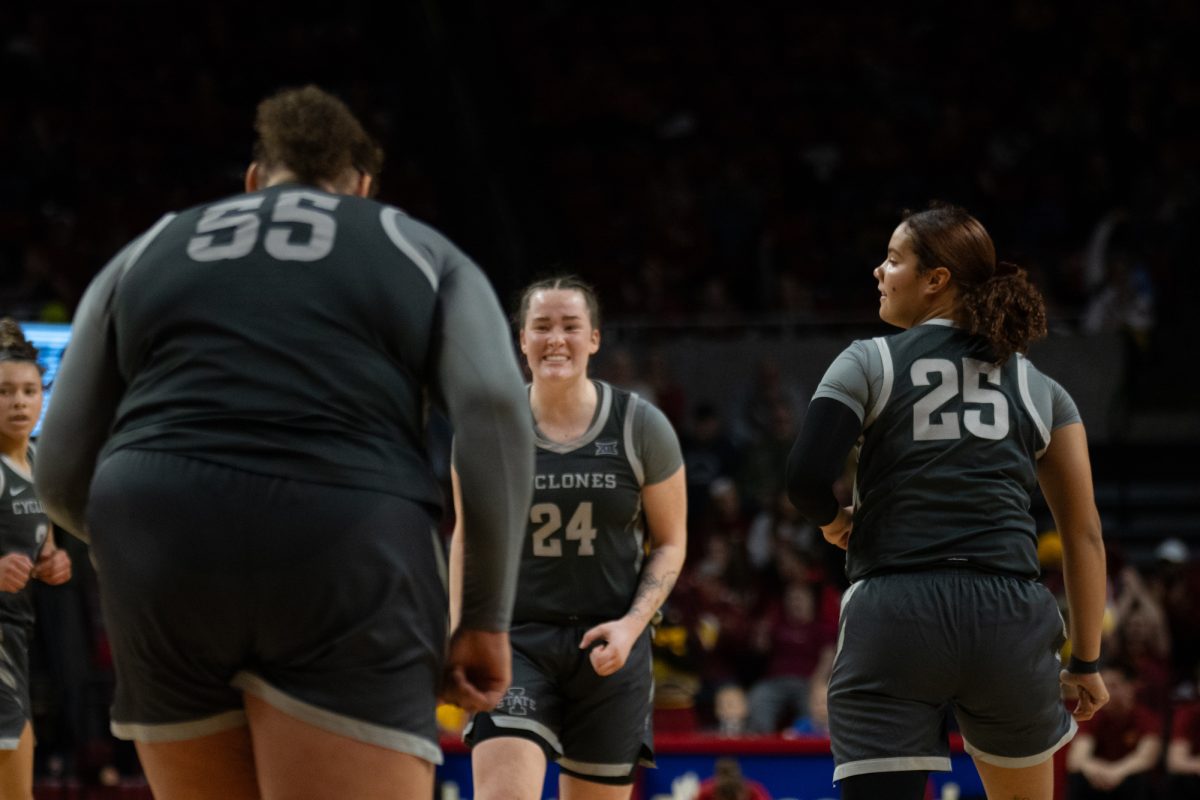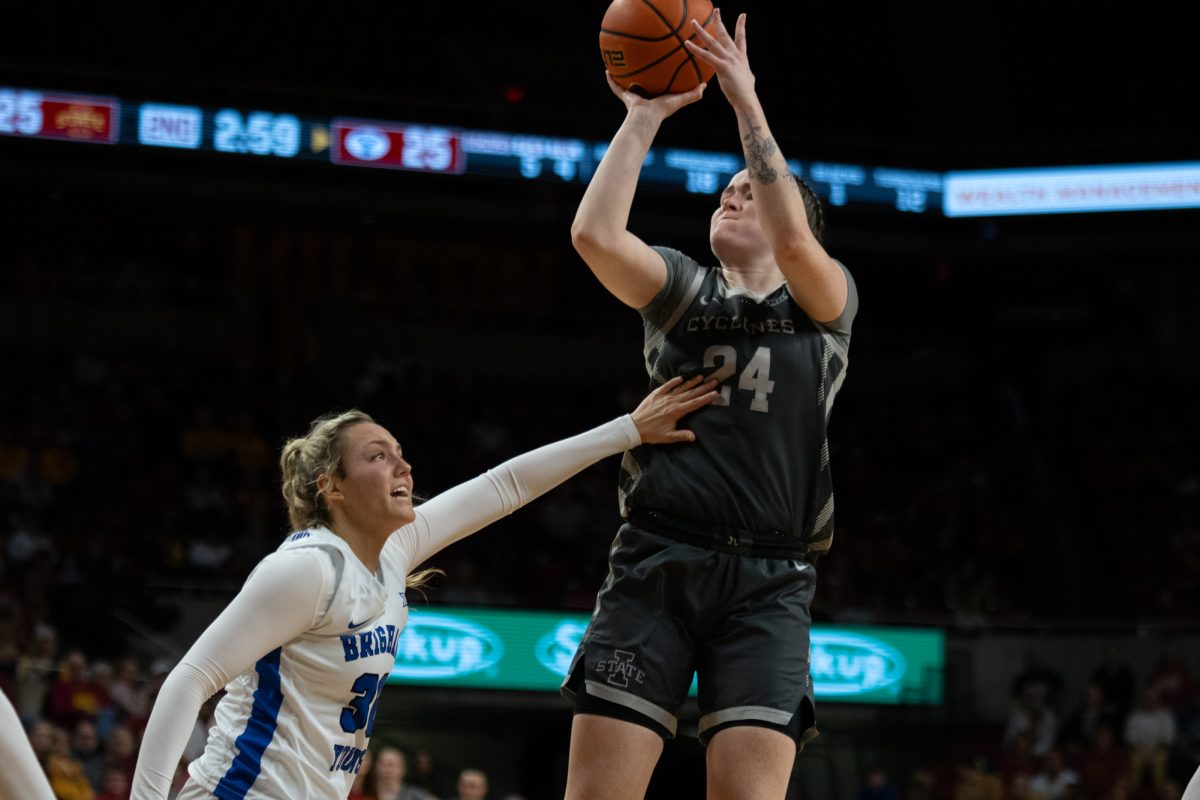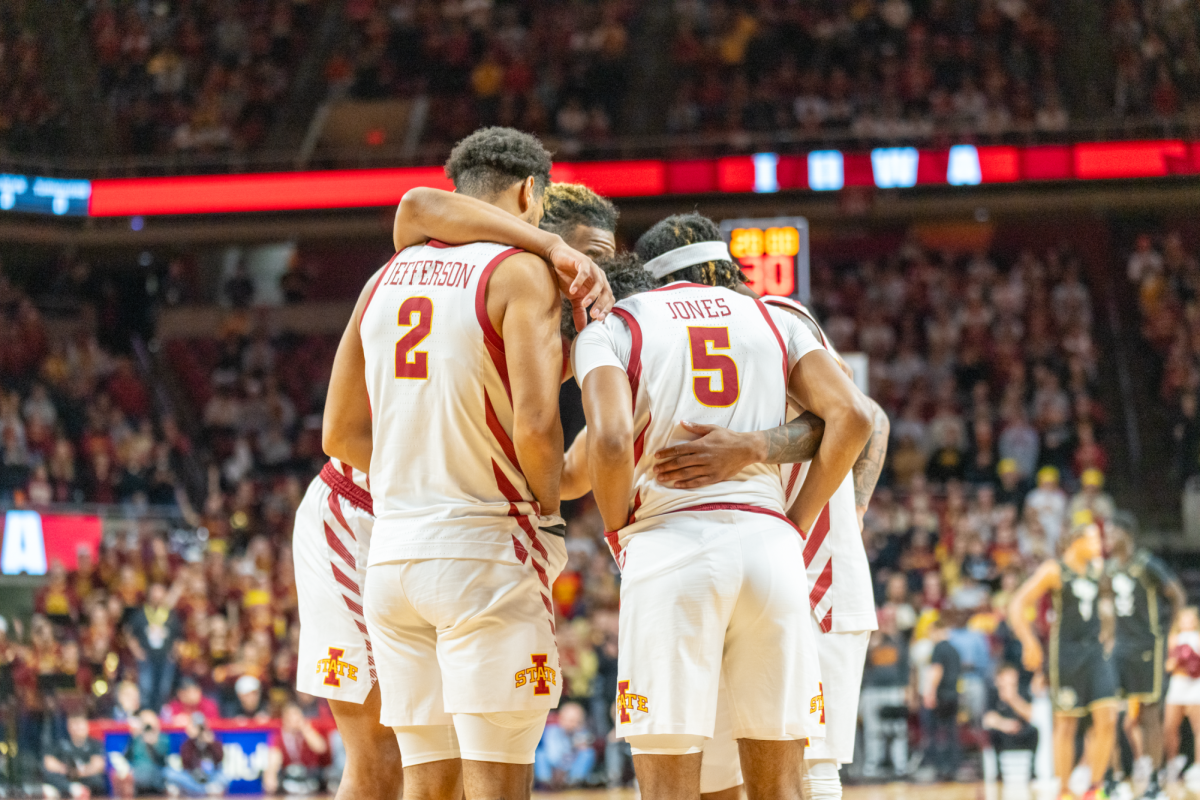Lessons from the Bradys
July 8, 1998
“The Brady Bunch” was a show that was ahead of its time, behind its time and a representative of its time all at the same time.
Even those of us who weren’t fortunate enough to be a part of the bell-bottom-wide-belt-butter-fly collar era grew up with one of the first families to say, “Hey, there’s no shame in a second marriage.”
During the time “The Brady Bunch” made its debut, America was going through a myriad of social revolutions. In a matter of 20 years, the children of the Donna Reed families had become the flower children of the ’60s and were moving into the disco-crazed ’70s.
What “The Brady Bunch” did was restore our ideological family values while incorporating some of the changes that took place, while ignoring them at the same time.
What I mean by this is that the Bradys represented the growing numbers of unconventional families. The happily-ever-after marriages were ending and the divorce wave of the future was beginning.
But the Bradys were there to let everyone know that, “Hey, it’s groovy. Everyone deserves a second chance.” (Yes, I do know that Mr. and Mrs. Brady had both been widowed and that they were not divorced, but the point is still valid.)
But this leads into the Donna Reedesque feel to the show — wholesome, moral goodness. This is important. The Bradys tried to define, or at least outline, the characteristics of a strong, moral person.
At a time when parents were wondering where they went wrong, the only thing they could turn to was the morality the Bradys were trying to reinstill in society.
A great lesson in honesty was in the 11p.m. episode of “The Brady Bunch” last Sunday on Nick-at-Nite.
Jan’s self-esteem was taking a plunge because she thought that she could never compete with Marsha. She even tried out for the cheerleading squad, something Marsha had never done, but, alas, didn’t make it. So, when she thought she had won an essay contest that placed her into the honors society, she was thrilled. Finally, she achieved greatness.
But there was a twist in the plot —the judges added the score wrong and it wasn’t Jan who won at all, but another girl. In the end, Jan told the truth in front of an auditorium full of students.
Everyone was proud, especially mom and dad. But what would Jan do if Billy from homeroom offered her a cigarette, or, even a more dreaded thought, a joint?
Surprisingly, one social issue the show does address is that of the women’s movement.
Let’s go back to Sunday night. The Bradys went to the Grand Canyon and decided to make camp out in the middle of nowhere.
“OK boys, go and gather sticks for the fire,” Father Brady said.
“But dad, why don’t the girls have to do anything?” a young Brady asked.
“Oh, the girls will get their turn when it’s time to cook supper and clean up afterwards.”
And the boys went laughing merrily on their way.
But this is simply one example. You can watch almost any episode and notice the clearly defined lines of men’s and women’s roles in the home and society.
On the other hand, look at Alice. She taught us that it’s OK be an independent career woman. She also taught us that it’s OK to be older and simply date, even though we know she would have married the meat man in a heartbeat.
And the three girls were always encouraged to “find something you’re good at and do your best at it.”
It was a perfect summary of what was happening during that time. Women were fighting harder and harder for equal rights while white men still tried to repress them, and any other “minority” group, that threatened their status.
Speaking of “minority” groups, the Bradys also taught us that we need to break our stereotypes and become friends with those who are different than us.
Let’s go back to the Grand Canyon trip.
The Bradys were in awe of the scenery and the Hopi Indians.
Everyone learned how to say “hello” to the Indians “just in case [they ran] into Tanto.”
But it was Cindy and Bobby who had their first encounter with the Indians. They learned that they could speak English and that they weren’t afraid of “us pale face.”
Everyone broke through their stereotypes and made friends with the “different,” “strange” and “unusual” people who lived around the Canyon. The Bradys were even made a part of the Indian family and danced around the fire until bedtime.
In the end, the “Brady Bunch” is a great classic show that still has a lot of lessons to teach us in its ultra-simplistic way. All of the morals and lessons of everyday life — and — great fashion advice can be found in a single episode.
I think even Donna Reed would approve of the Brady family.
Heather McClure is a senior in journalism and mass communication in Harlan.






